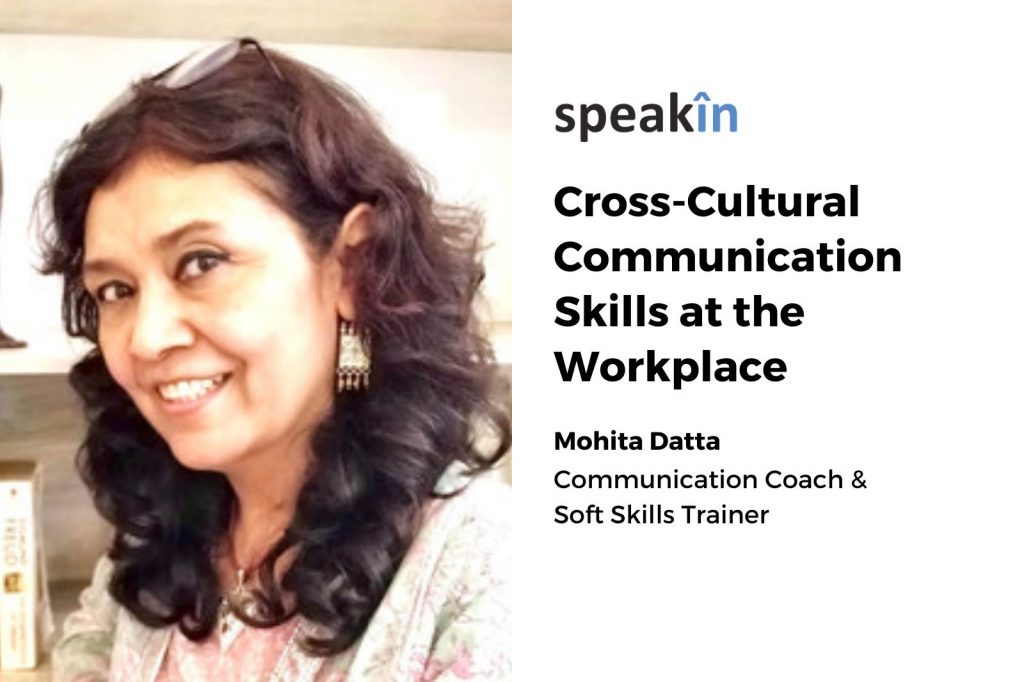Knowing Your Audience Is Key To Mastering Presentation Skills

Great presentation is about connecting with your audience and that connect comes with having something different to say. We can complicate it as much as we want but good presentation skills boils down to just two things:
• What you want to say
• What your audience wants to hear.
You need to know your subject. Knowledge is power. Your messaging should be clear and unambiguous and it should come from knowing what you’re talking about thoroughly.
We are all different people, with different styles of speaking and gesticulating, but we are all united in our desire to connect with our audience. Without that connect nothing much will happen. Even with great content, you will not make much impact if you’re unable to connect with your audience.
You could be presenting to a room full of a hundred people. That can be overwhelming. But there is one rule that will always hold you in good stead. You should imagine it’s one person you are having a conversation with. Look around the room and find that one person you want to connect with and direct your communication to that one person. It’s easy if you try.
One size does not fit all
Understand your audience. The worst thing a presenter can do is to deliver the same presentation to a disparate set of people. Speak in a language your audience will understand. If you are talking to corporate executives, some amount of jargon or business speak is acceptable. They will understand. But if you’re talking to college kids, stick to the basics. Do not assume anything.
It is important not to overwhelm your audience with messages. Have about three key takeaways that you want your audience to carry out from the room with them. You may have a lot to say but you must do your utmost to pare it down to three key messages. If you have more, people will forget. Ask yourself: what can I do to bring the number of key messages I want to deliver from, say, six to three? Think of someone in your audience talking about your session with a friend. He or she should be able to share three key messages without much ado.
The length of your presentation is crucial too. If you go online and listen to Ted-talks you will discover that most of them are between 15 to 20 minutes. Research has repeatedly revealed that a human mind cannot focus on a talk for more than 15-20 minutes. I would say 12 to 15 minutes constitutes the sweet spot. That should be enough to make your point and have the audience’s attention. Beyond that the audience’s minds will start to wander. Once that happens there’s no point in counting to speak.
Structuring the presentation is not difficult if you think of it in classic storytelling terms:
- An introduction
- A development section, which is the main body
- Conclusion
Once you have broken it down like that, focus on the opening. A lot of your time should go into what you can do to make a strong beginning. Do something that gets you the audience’s attention. One way of doing that is by asking a question. How about asking your audience: Can I have a show of hands on how many of you are scared of public speaking?
Now people in your audience are thinking: should I or shouldn’t I? Some will say I am but I am not putting my hand up. Some others will genuinely put their hands up. The point is you have your audience’s attention.
Or do the same thing by sharing a data point that gets the audience to sit up and take notice. How about this: 75 per cent people in the world say their number one fear is public speaking; death is second on the list. That will capture attention.
Or start with a joke. Maybe a joke you picked top eavesdropping on the ride that morning on the metro. That always works. You have started a serious session with a little but humour that brings a smile on the face of the audience.
Body language is an asset
Use it. Project positivity with your body movements and gestures. Stand tall, don’t slouch. Don’t try to be uber cool by putting your hands in your pocket while presenting. Hold your hands out in front. Use them, whether to hold the mike, or a laser pointer, or just to gesticulate and emphasise a point you’re making. If you are speaking from a stage that has a podium, come out from behind the podium so that your audience can see all of you. When you are behind the podium, people can see just your face and subconsciously trust in that person is not great.
Make eye contact with your audience. There could be 30-40 people in a room and you would think it is not possible to make eye contact with everybody. Right. You need the rule of three. Divide the room into three parts: right, centre and left. Look at each part in turn periodically during your presentation. All three segments will feel acknowledged.
Confidence is the key
Once your name is called out and you walk from where you’re sitting up to the stage, do so confidently. Remember the audience is following your every move and trying to decide whether they are going to like listening to you. If you’re stumbling or on the stage trying to connect your laptop to the projector, you betray signs of an under-confident presenter. Always keep some time to prepare. Rehearse too. Know your environment beforehand. And know your audience.
Dr. Shamoly Khera is a Public Speaking Coach & Communication Expert. She assists groups in acing effective communication & presenting skills.





